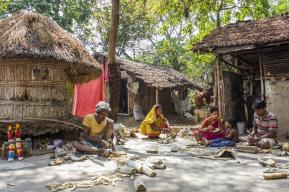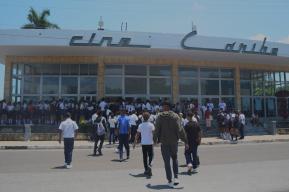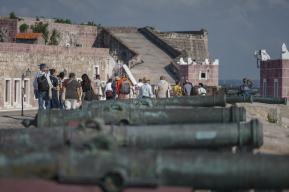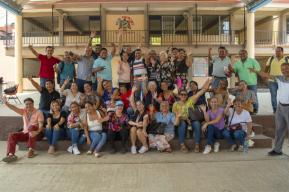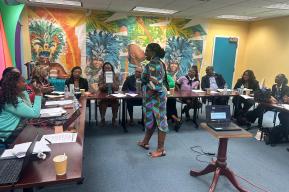News
A Survey on Damage Assessment in Historic Yemeni Urban Fabrics Finalized

Yemen is home to a number of landmarks with valuable cultural and historical importance. Several of these have been recognized by UNESCO as World Heritage Sites because of their Outstanding Universal Value and importance to the collective interests of humanity. In the context of the ongoing conflict, UNESCO and the Social Fund for Development have finalized a comprehensive damage assessment survey focusing on four historic cities (Sanaa, Shibam, Zabid, and Aden). This survey is part of the regional EU-funded Project “Protecting Cultural Heritage and Diversity in Complex Emergencies for Stability and Peace”. It was implemented in close partnership with the General Organization for the Preservation of Historic Cities in Yemen (GOPHCY) and the General Organization of Antiquities and Museums (GOAM).
The comprehensive damage assessment survey shed the light on the diversified urban typologies and states of conservation of the four above-mentioned cities and analyzed the varying degrees of deterioration that are linked to the conflict or to the lack of maintenance and to governance gaps (economic conditions, lack of maintenance, weak administrative monitoring). The levels of damages were classified into categories and applied to public and private buildings, public spaces, equipment as well as infrastructures (water, sanitation, pavement, telecommunication, and electricity). The survey also provides recommendations for immediate and long-term interventions and outlines the costs of urgent repairs and restorations.
The survey relies on cutting-edge methodologies, combining rapid-assessment tools and digital applications developed by UNESCO with satellite visualization techniques. A significant number of local experts including young people were involved in the field assessments that required consultations of local communities. The findings of the damage assessment will serve as a foundation for future rehabilitation plans. UNESCO will use those findings to determine priority intervention sites through cash-for-work schemes in the target cities.




